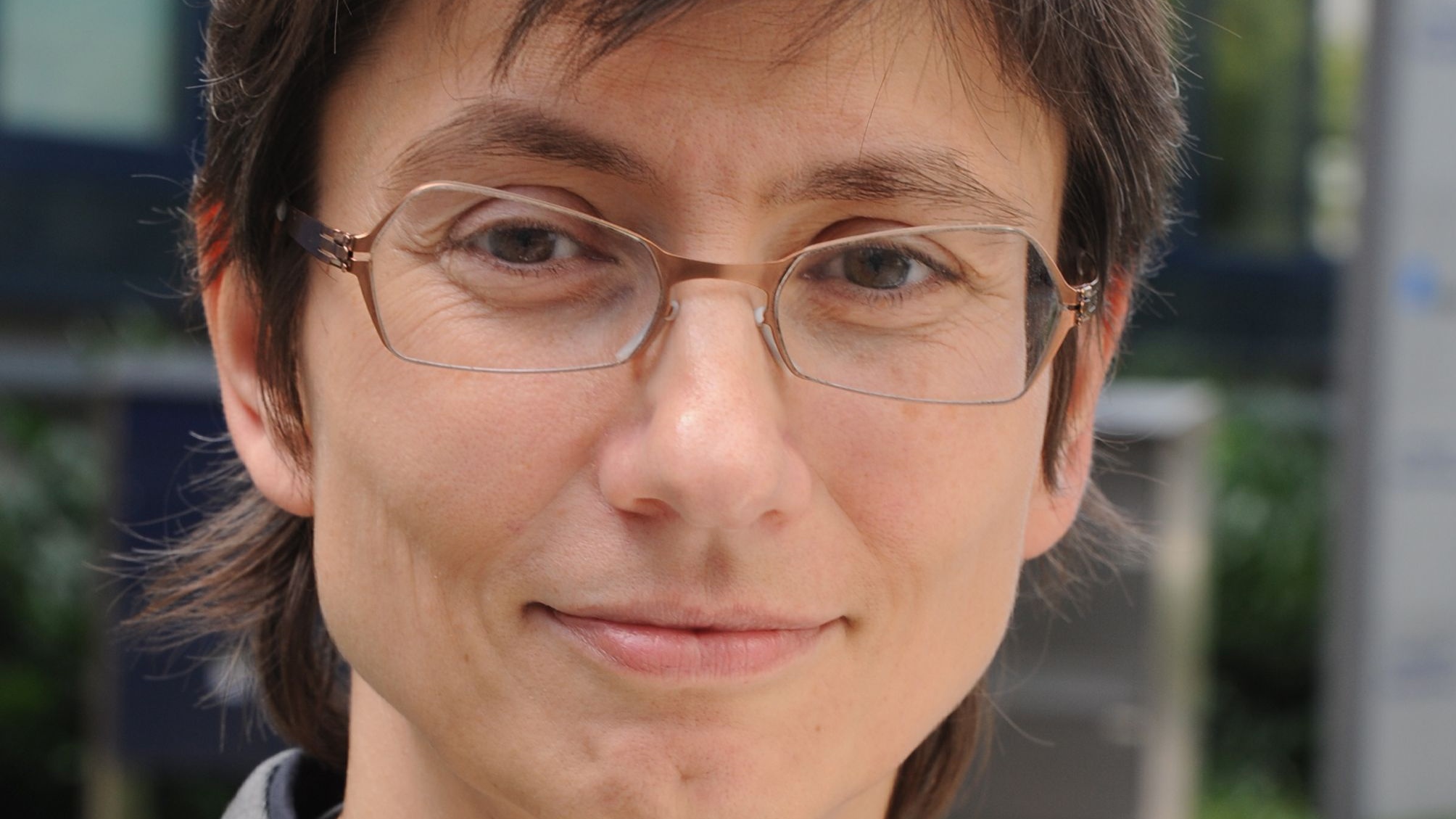Unsere vernetzte Welt verstehen

Gesetz in Code übersetzen – warum Informatiker und Juristen sich vereinen sollten
Die DSGVO hat gezeigt, dass Jura und Informatik mehr gemeinsam haben, als sich zunächst vermuten ließe. Umso wichtiger ist es, eine gemeinsame Sprache für die beiden Disziplinen zu finden. Sibylle Schupps Kommentar betont die Bedeutung der Zusammenarbeit von Juristen und Informatikern. Der Artikel ist zuerst in der encore 2018 des HIIG erschienen.
As academic disciplines, computer science and law are really far apart: one is a mathematical or perhaps engineering discipline, while the other is a social science. From this perspective, there is not much common ground. But in practical terms legal provisions exist that tie the two disciplines, simply by including in the legal text references to IT technologies. A good example is the GDPR, which refers to “the state of the (technological) art” and even directly calls for “appropriate technical” matters. In fields like privacy protection, thus, lawmakers seem to see computer science as an aid. But at the same time it’s obvious that both disciplines need to find a common language – laws have to be translated into formulas, so that technology can deploy them.
For privacy regulations, cryptography and the whole toolbox of privacy-enhancing technologies provide software solutions for individual subtasks – but what about an entire app or a legacy system? On this note, I propose a different kind of support: code checking. By code we mean software code and by checking we mean automated compliance checks. In computer science, automated code checks are very common and have a wide range of applications. Algorithms are used to check whether software can really be trusted to do what it sets out to do, but they can also provide proof that a particular piece of software is sticking to its energy or time budget. Algorithms can also check how well software has been tested or how much it has changed.
So, surely it should be possible to apply these compliance checks to privacy properties and to check (software) code for properties required by (legal) code? Well, it depends. Legal provisions obviously come in English, German or other natural languages and that wording needs to be made more precise before it can be further processed.
Taking again the example of the GDPR, which talks about risks of varying degrees, time of processing and minimal data. All of this leaves open what is measured by risk, how time is defined and on what scale data sets ought to be minimal. From a computer-science point of view, all these terms need to be formally specified – and that requires legal expertise. But this is not the only thing that is needed.
A lawyer certainly agrees that legal interpretations are needed in all these cases, but the crux here is that the algorithmic checker needs to have them in a certain format – as a formula of some kind. For example, they are needed in the form of temporal, deontic or probabilistic logics, which look at truth over time or at truth with respect to ethical or statistical laws. Providing such formulas requires knowledge from computer science. So here we go: legal terms must be cast in a language an automated checker can understand, but the computer scientist lacks the legal knowledge of what to cast, and the legal expert lacks the knowledge what to cast in. What if the two joined forces? What if each key concept of a privacy regulation – time, risk, data minimisation, but also purpose, consent, impact– were scrutinised from both angles, the legal angle as well as the technological angle from computer science? Then, the lawyer would help the computer scientist to build a better compliance checker, and the computer scientist would help to disambiguate a privacy regulation. It is hard to see any disadvantage here.
Sibylle Schupp, professor of computer science at Hamburg University of Technology, was a visiting researcher at Alexander von Humboldt Institute for Internet and Society in 2018. In line with her focus on methods for software quality assurance, she deals with legal issues and the missing interdisciplinary exchange.
Dieser Beitrag spiegelt die Meinung der Autorinnen und Autoren und weder notwendigerweise noch ausschließlich die Meinung des Institutes wider. Für mehr Informationen zu den Inhalten dieser Beiträge und den assoziierten Forschungsprojekten kontaktieren Sie bitte info@hiig.de

Jetzt anmelden und die neuesten Blogartikel einmal im Monat per Newsletter erhalten.
Plattform Governance
Raus aus dem Digitalisierungsstau: Data Governance bringt Städte und Gemeinden auf die digitale Überholspur
Der Data Governance Wegweiser unterstützt Verwaltungen, digitale Lösungen effektiv umzusetzen.
Netzecho: Reaktionen auf die Tagesschau in Einfacher Sprache
Seit 2024 gibt es die Tagesschau in Einfacher Sprache. Wie wird das neue Nachrichtenformat von Nutzer*innen im Internet diskutiert?
Chancen gegen Einsamkeit: Wie Pflegeeinrichtungen das Quartier vernetzen
Was hilft gegen Einsamkeit im Alter? Pflegeeinrichtungen schaffen neue Räume für Gemeinschaft und digitale Teilhabe.




